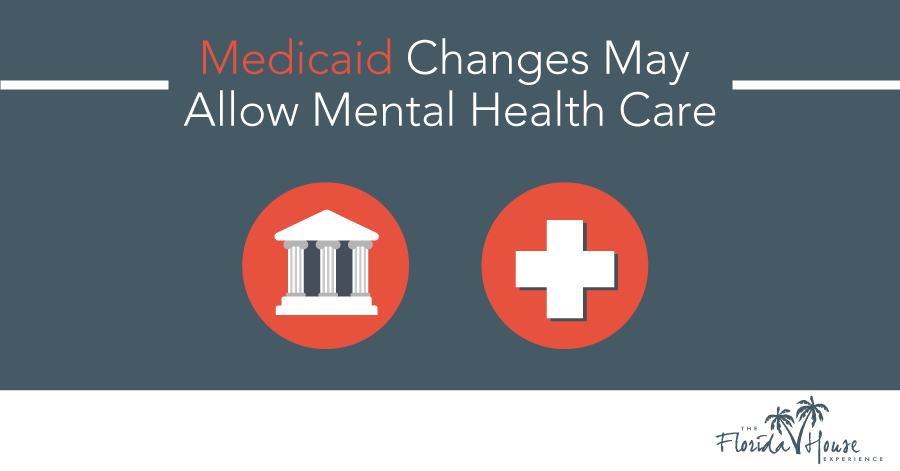
It’s difficult to quantify exactly how much the prevalence of mental health disorders has grown in the last 50 or more years. Mental health issues have long been misunderstood, leading to underdiagnosis, and as a result, the lack of many trustworthy records being kept.
Nonetheless, however, research has concluded scary results when studying the difference in mental health disorder prevalence today with bygone eras. According to Psychology Today, depression and anxiety are becoming more common and at a younger age of onset for many Americans.
Additionally, with behavioral health being included under the “mental health” umbrella, substance abuse disorders (SUDs) are thought to be at an all-time high as well.
Contributing to this is a longstanding law that restricts state Medicaid programs from paying for inpatient mental health treatment programs in facilities with more than 16 beds. We’ll talk about this issue, and how recent policy has offered cause for optimism in terms of our ability to limit the prevalence of potentially fatal mental health conditions.
The History and the Problem
A decades-old federal law referred to as the “IMD Exclusion” has barred mental and behavioral health facilities of larger than 16 beds from being financed by Medicaid. This law was designed to prevent large facilities for warehousing patients on the backs of the taxpayers, under the (flawed, at best) belief that allowing Medicaid to pay for the treatment in these cases would take away the incentive to provide effective treatment.
According to the National Institute of Mental Health (NIMH), one in five Americans lives with a mental health disorder, a total of 44.7 million adults, as of 2016. The more troubling statistic is that according to the National Institute on Mental Illness (NAMI), 60% of American adults with mental illness didn’t receive treatment for it during the past year.
The NAMI data also shows that mental illness effects (and potentially causes) homeless populations and that a high percentage of people that suffer from substance abuse disorders as well.
The Potential Solution
In the late years of the Obama Administration, the deficit between the number of people that need treatment and the number of people who actually receive it was brought to lawmakers’ attention. A General Accountability Office report showed that between 1990 and 2008, available beds for inpatient mental health treatment shrank by about 35 percent.
In response, the Obama Administration started loosening restrictions enacted by the IMD Exclusion law. In late 2017, the Trump White House took the mantle and moved to declare opioid abuse in the U.S. a full-scale public health crisis, and called for a repeal of the IMD Exclusion. This change would allow state medicaid programs to apply for waivers, allowing them to pay larger facilities the appropriate reimbursement for treating patients who carry medicaid.
According to Health and Human Services Director Alex Azar, “More treatment options are needed, and that includes more inpatient and residential options that can help stabilize Americans with serious mental illness.”
There are so many stories of Americans with serious mental illness, and their families, who end up with tragic outcomes because treatment options are not available or not paid for. I urge everyone involved in state Medicaid programs to consider applying for these waivers.
— Secretary Alex Azar (@SecAzar) November 13, 2018
The Results
The hope is that this policy change can lessen the load of mental health treatment facilities and allow larger facilities to use their resources for the betterment of public health in the face of a growing crisis. With the boost in Medicaid payments, larger facilities will have more resources at their backs to provide effective treatment to a huge number of Americans with mental health disorders who previously didn’t have access to sufficient mental health treatment services.
Critics will likely point to the increased cost of state medicaid to pay these costs. Further, it’s possible the state medicaid program will not apply for the waiver needed to extend this treatment option for those with medicaid at all. This would mean that no coverage change would occur in the state at all as a result of this policy change.
One of the larger facilities with infrastructure in place to treat some of the most pervasive mental health and substance abuse problems is FHE Health. FHE is able to provide potentially life-saving inpatient treatment to those in need of both substance abuse and mental health treatment. To learn more about the treatments we use to provide recovery to a variety of mental health disorders, read more about our mental health rehab.






